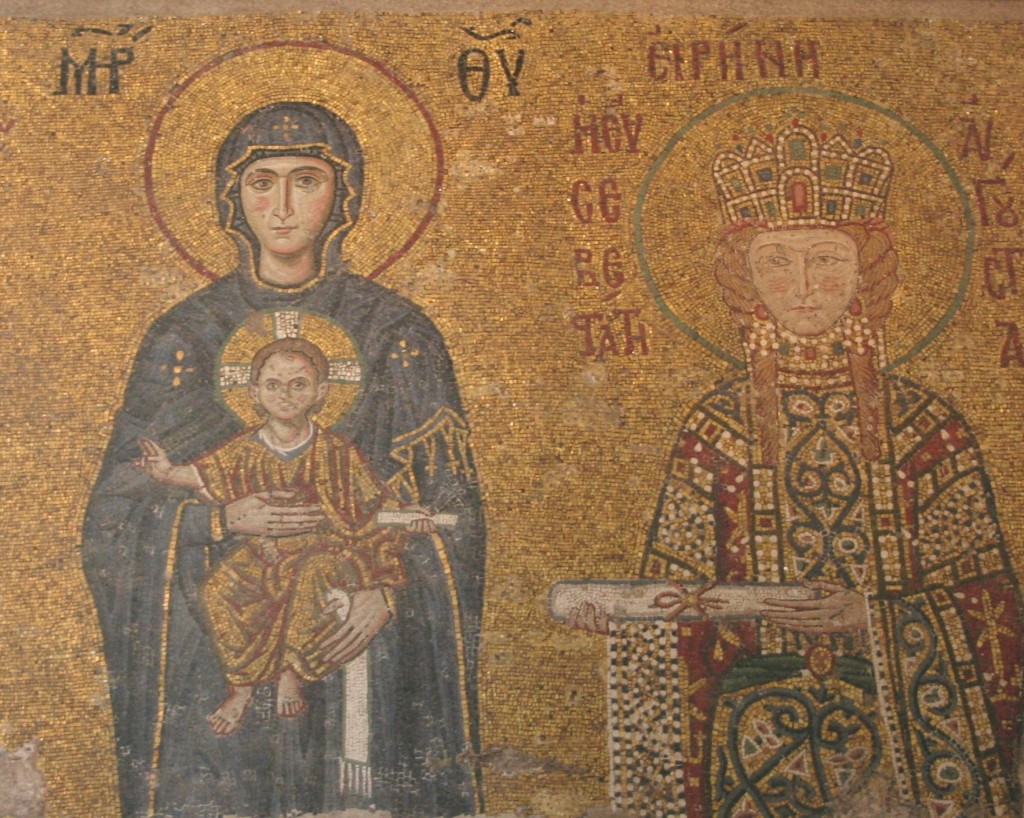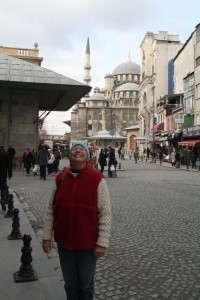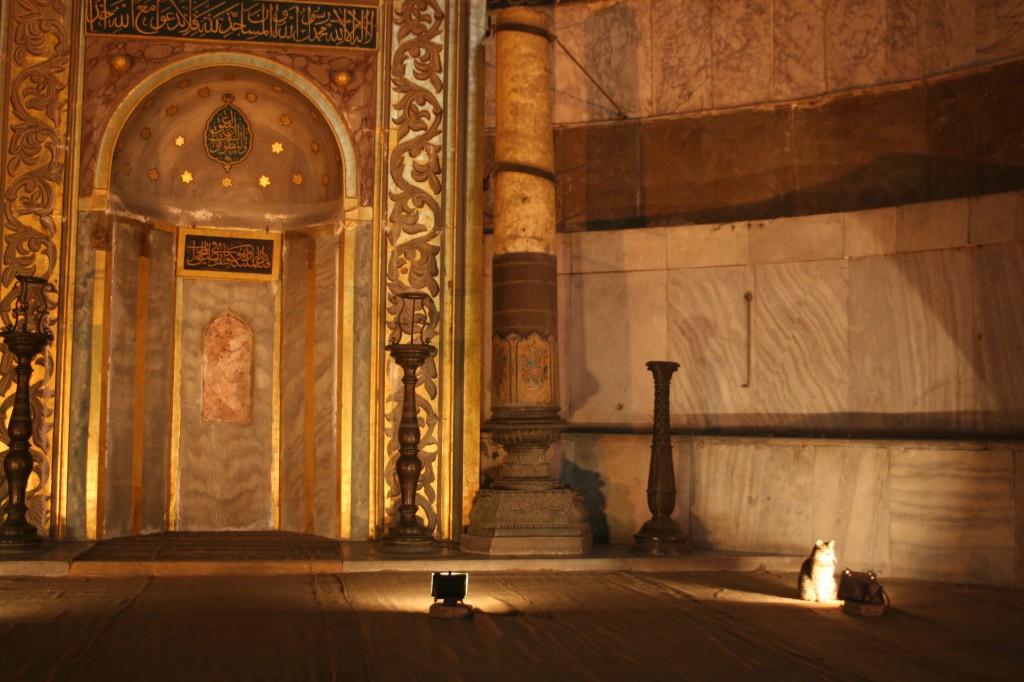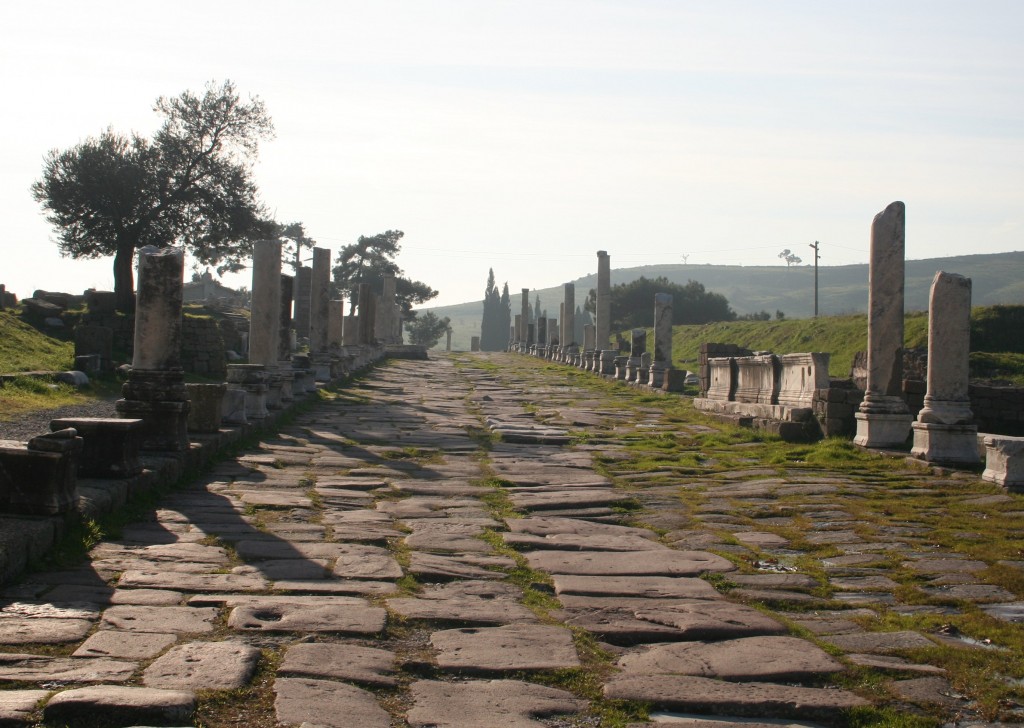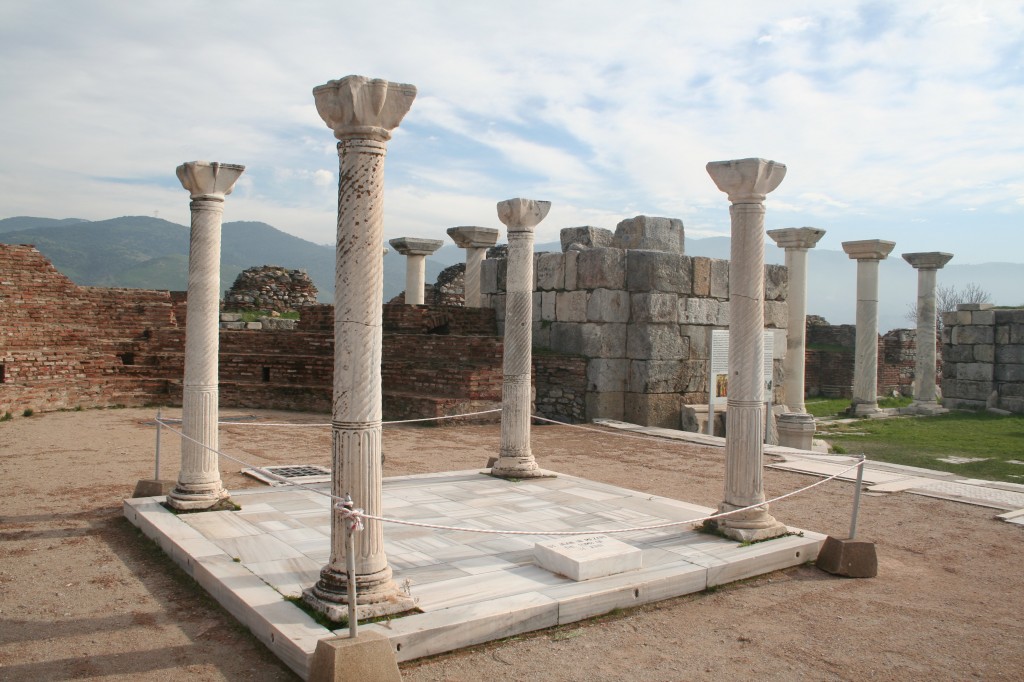
Compared with the grandeur of Ephesus, the ruins of the Basilica of St. John are far less impressive, but the site was still one of my favorites in Turkey. Let me tell you why.
Located in the town of Selçuk a few miles away from Ephesus, the remains of the basilica overlook the remnants of the Temple of Artemis, creating a matched set of two great religious landmarks now fallen into ruin.
Ayasuluk Hill—the site of the ruins of the church—is a promontory that overlooks the town of Selçuk and the surrounding valley. Its scattered stones and low-lying walls only hint at the grandeur of the building that once stood here. Built in the sixth century by the Emperor Justinian, it was once one of the largest and most important churches in Christendom.
The church had great prominence because it was believed that the body of the apostle John was buried here. Now it must be said that while the historical evidence is strong for St. Paul’s presence in Ephesus, St. John’s connection to the area is less certain. But while there is no Biblical mention of John being here, early church tradition strongly links the apostle to Ephesus. One possibility is that John came to Asia Minor to assume leadership of the growing church communities there after the martyrdom of Peter and Paul in Rome. Also according to early church tradition, John brought the Virgin Mary with him to Ephesus (more on that later).
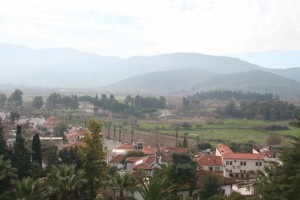
When we visited this quiet and serene site, our guide explained that during John’s lifetime, this was the spot where he liked to write. Before his death, he asked his followers to bury him in the place that meant so much to him. When I stood in that same spot, listening to the birds sing and looking out at the beautiful valley below, I understood why a writer would choose to work here. As a writer myself, I felt a visceral connection with John’s choice. Why of course you would choose to write here if given the chance. How could you not?
Now I know that Biblical scholars disagree over whether the apostle John actually wrote the Gospel book attributed to him. But regardless of whether it was written by John, or a follower of his, or some other early Christian, and regardless of whether it was written here or in some other spot, I know this: I experienced the power of the words of that Gospel more strongly on Ayasuluk Hill than at any other place.
The beginning was the Word, and the Word was with God, and the Word was God. He was with God in the beginning. Through him all things were made; without him nothing was made that has been made. In him was life, and that life was the light of all mankind. The light shines in the darkness, and the darkness has not overcome it.
In Ephesus, they say that John lived to be 100 years old. To me the words of John’s Gospel do indeed have the feel of memories that have been contemplated over and over again for many years. In reading them it’s easy to get the sense they were created by an old man looking back, trying to make sense of what he had seen and experienced many decades before. That explains, I think, the mystical nature of the words, the fact that they shimmer and change when considered in different lights. It’s not enough to know the surface story of what happened, John says. Look deeper.
The Basilica of St. John is a place to look deeper into those words, sitting there where perhaps John himself once worked, looking out at those beautiful hills.


